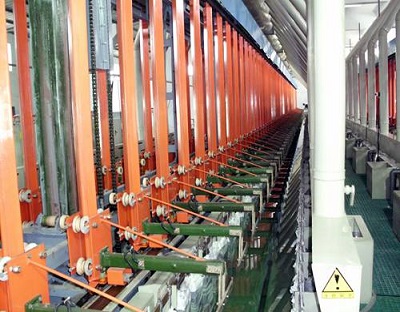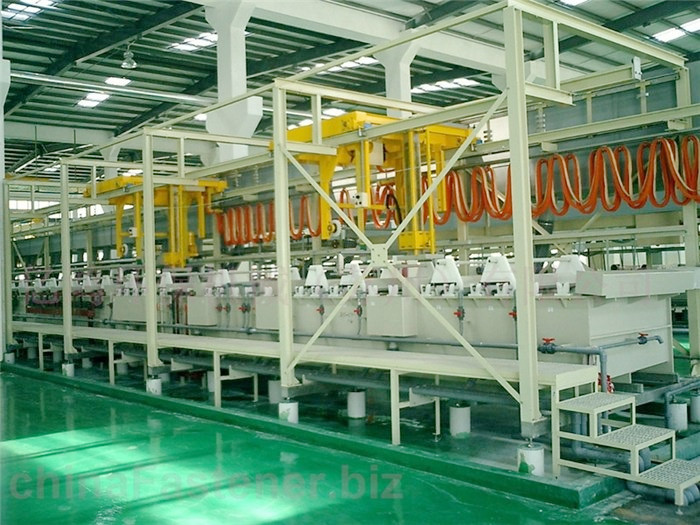I, Mold stains affect the appearance quality of plated parts
In spring and summer, some electroplating plants often find some small white spots on the plated parts, which are difficult to wipe off, affecting the appearance of the products and even leading to scrapping. Although the electroplating process conditions are normal, it is difficult to avoid, even in large quantities. This is a special stain problem, commonly known as mildew spot.
In combination with the process flow of the plastic electroplating production process, the causes of mildew are discussed and analyzed, and then the methods to prevent this problem are proposed.
Common process flow of plastic electroplating: hanging appliance installation → degreasing → water washing → hydrophilic → roughening → water washing → neutralization → water washing → pre leaching → catalysis → water washing → degumming → water washing → chemical nickel plating → water washing → acid activation → copper flash plating → water washing → acid activation → acid copper plating → water washing → acid activation → water washing → multi-layer nickel plating → water washing → acid activation → bright chromium plating → water washing (mold inhibitor can be added in the last water washing) → Drying → Hanging appliance lowering → Inspection → Packaging → Warehousing.
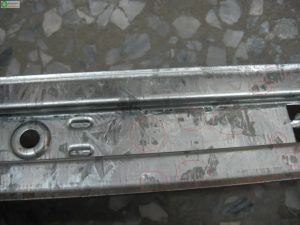
II, Analysis and discussion on the cause of mildew spot
Mouldy spots on various electroplating processes, especially decorative electroplating parts (such as plastic electroplating), are formed due to the attachment of mildewed microorganisms. The source, survival conditions, and the stage and place of effective adhesion of mold rot microorganisms to the electroplated parts are the key to discuss the causes of mold spots and the prevention methods. Especially, the high temperature and humidity in summer is the opportunity for the activity of mildewed microorganisms.
Raw materials, water, personnel, dust, etc. entering the electroplating workshop may bring mould rot microorganisms and their spores, while mould rot microorganisms can grow even when other nitrogen compounds, carbon compounds, minerals, vitamins and other nutrients are very few as long as they have enough water (humidity); Even if there is no external nutrients at all, as long as the humidity, temperature, pH value and other conditions are appropriate, mold spores can develop to a certain extent by relying on the nutrients stored by themselves.
It can be seen from the above process flow that the chemical nickel plating tank, the washing tank after the chemical nickel plating, the washing tank after the bright chromium plating, the products that are not dried enough, the gloves of the inspection and packaging workers, the packaging and storage supplies, etc. are all important places and stages for the effective attachment of mold rot microorganisms. Once mold rot microorganisms or their spores exist and survive in these places, mold spots will appear on the plated parts.
III, Methods to prevent mildew
The key to prevent mildew spots on plastic electroplating parts is to control the source of mildewed microorganisms and minimize their contact with products; Sterilization treatment shall be carried out at the stage and place where it is effectively adhered to, so as to eliminate the survival conditions of mold microorganisms as far as possible.
The following specific measures can be adopted in actual production:
(1) Pay attention to the ventilation, dust removal and sterilization of the workshop and warehouse, and reduce or eliminate the source of mildew and rot microbial pollution as far as possible.
(2) Keep the raw materials clean. For example, the sodium citrate solution for electroless nickel plating shall be heated to about 80 ℃ for sterilization before addition. (The water used should be sterilized. The ion exchange resin in the water purification treatment device should be sterilized and cleaned with formaldehyde or ethanol regularly; after chemical nickel plating, a proper amount of formaldehyde should be added to the water washing tank every day for sterilization, and ethanol should be used when wiping the tank every shift; the water washing water after bright chromium plating must be irradiated and sterilized with ultraviolet light.
(3) The drying temperature and time of electroplated parts must be sufficient. It is absolutely prohibited to have water on the workpiece after drying.
(4) The white yarn gloves used by the inspection and packaging workers must be dry and clean, and they should wear plastic film gloves inside.
(5) Packaging articles should be clean and dry, and desiccant and mildew inhibitor can be put in the packaging box.
(6) Electroplated parts should not be placed in the workshop with high temperature and humidity for too long. After packaging, they should be moved to the warehouse quickly.
In addition to the above requirements, mildew inhibitor can also be used. It is developed and produced for various workpieces that are prone to mildew after plating in rainy and humid weather all the year round. When the workpieces are immersed in the water solution of the mildew inhibitor, excellent mildew resistance can be immediately formed on the surface of the workpieces, without reducing the brightness of the workpieces and damaging the brightness of the workpieces, and there is no trace after drying, During use, the transparent mold inhibitor liquid is dissolved in hot pure water and added to the last static water washing tank. The amount of hanging plating is 0.02%~0.05% of the mold inhibitor, and the amount of barrel plating is 0.1%~0.2%. There is no requirement for the use temperature, nor for dipping. The best preparation water is pure water. The mould inhibitor is not only suitable for plastic electroplating parts, but also for anti-corrosion electroplating and other decorative electroplating parts of various substrates.





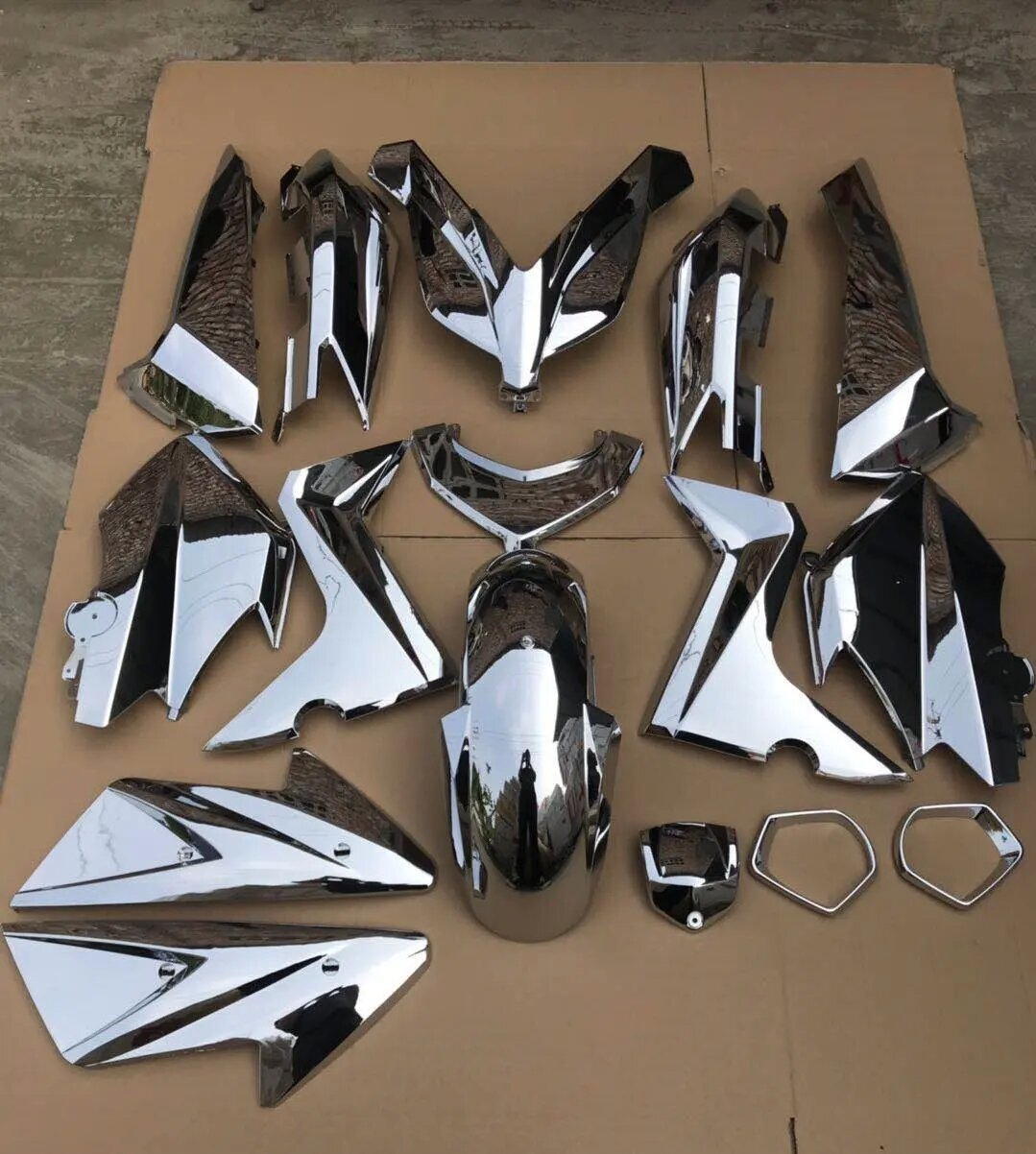
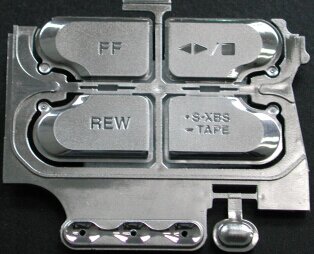
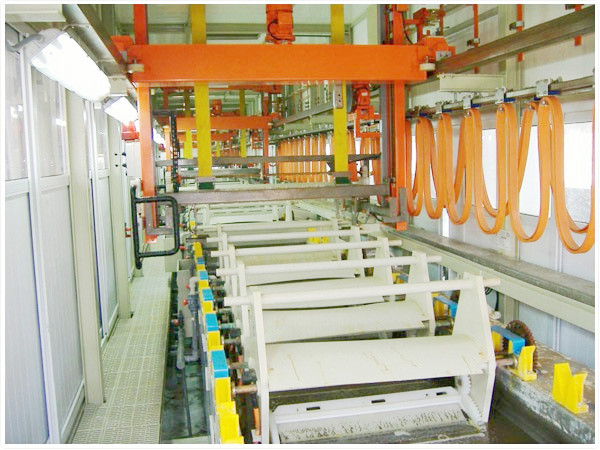
 Nov. 09, 2021
Nov. 09, 2021 